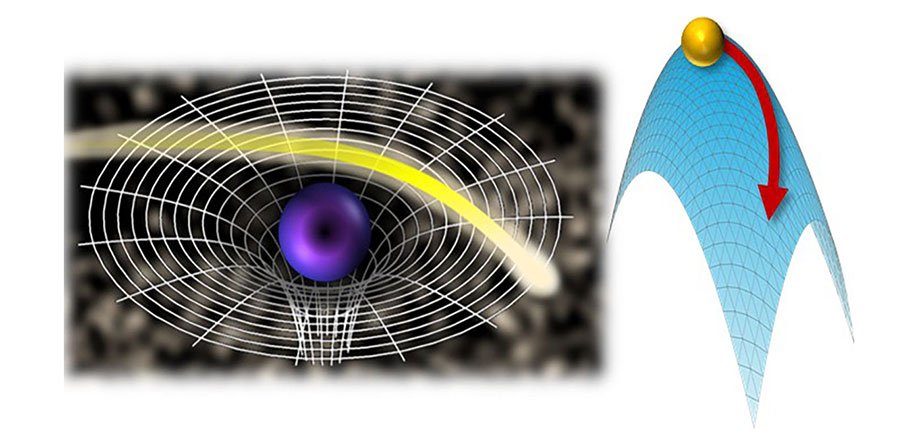As expected,the longest flu season in NSW since the 2009 pandemic has influenced the amountof patient presentations to emergency departments, reflected in the latestBureau of Health Information report.
NSW Health Acting Deputy Secretary Elizabeth Wood said for the secondsuccessive report the patient numbers were the highest of any other previousquarter on record.
Publichospitals across NSW saw almost 755,000 patients attend emergency departmentsin April, May, and June, an increase of 8.2 per cent, or around 57,000 morethan the same quarter of last year.
NSW Ambulance experienced a very busy quarter, with close to 310,000ambulance responses, up by 9.7 per cent or an additional 27,523 responses on 2018’squarter.
“We have seen a staggering number of hospitalpresentations this quarter,which is not even peak winter, influenced by thelongest flu season in a decade,” Ms Wood said.
“In the face of these unprecedented arrivals, almost 72 per cent of EDpatients had their treatment start on time, thanks to the outstanding effortsof our frontline staff.”
“In addition, NSW electivesurgery again outshines all other States with 96.4 per cent of all electivesurgeries performed within the recommended time frames,” she said.
For the first time, the Bureau of Health Information reported on the ratesof seclusion and restraint of patients in specialised acute mental healthinpatient units.
“Since 2010-11, the rate of seclusion in NSW public hospitals has almosthalved, a change to our culture we should be proud of,” Ms Wood said.
Across NSW in the April to June 2019 quarter, seclusion events remained steadywhile the rate of physical restraint in the quarter increased 102 eventsto 920.
NSW is committed to reducing theuse of physical restraint through the MentalHealth Safety and Quality in NSW: Aplan to implement recommendations of the Review of seclusion, restraint and observation of consumers with a mental illness in NSW Healthfacilities.
In 2019-20,the NSW Government is investing a record $26.7 billion in health. This year,$20.1 billion will go towards improving service in hospitals in NSW and $19.7million in the first stage of a three-year, record $90 million commitment willcontribute to improving mental health services.
More than $1 billion is to beinvested in NSW Ambulance services in 2019-20, including
$27.1 millionto employ an additional 221 paramedics and call centre staff. The workforceboost is the second tranche of the Government’s commitment to employ an additional 750 paramedics and callcentre staff over four years
Furthermore $2.8 billion is being invested in NSW to recruit a total of 8,300 health frontline staff over fouryears, with 45 per cent located in regional NSW. This includes an additional5,000 nurses and midwives, including mental health and palliative care nurses, and also 1,060 medical staff including psychiatrists and 880 allied healthstaff.




